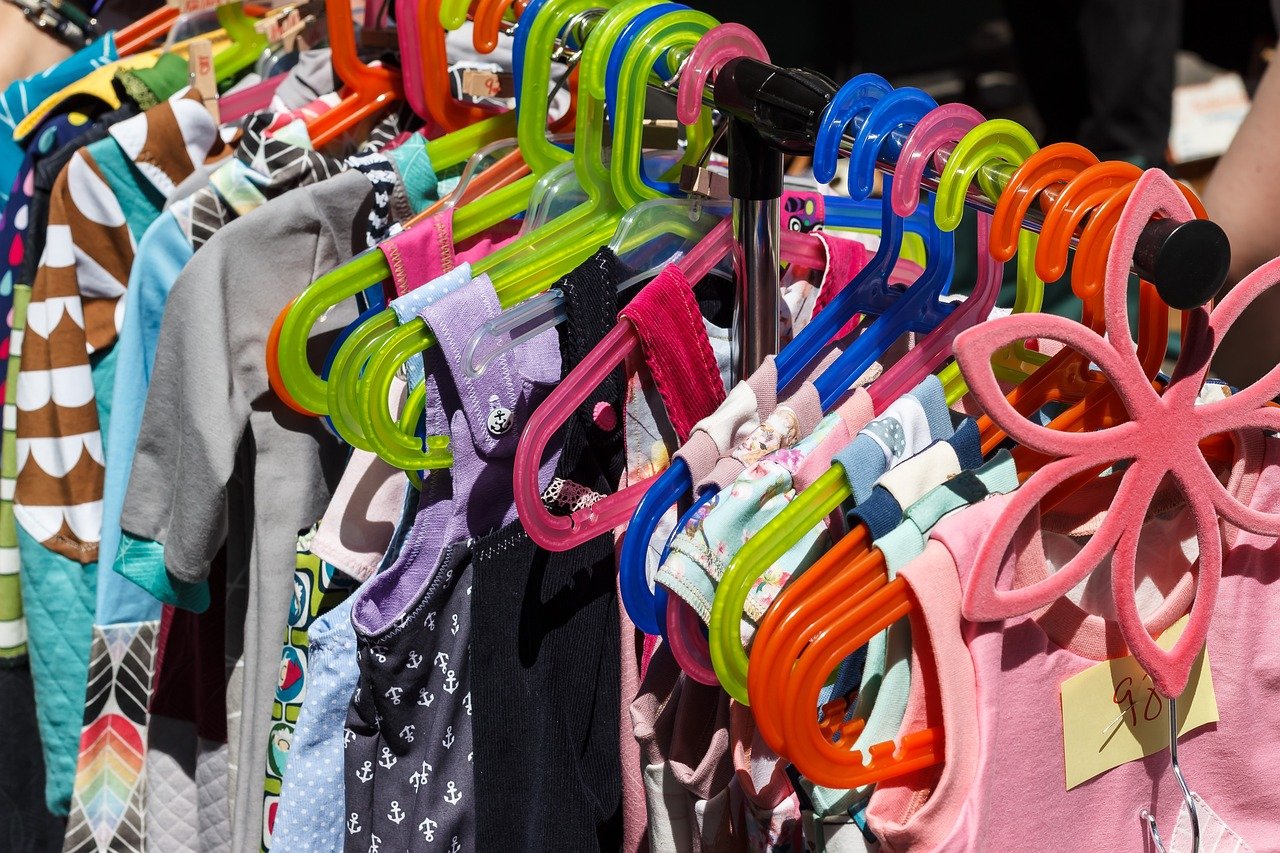Children’s clothing is clothes worn by children who have not grown to full height. Clothing plays an integral role in the “look” of childhood in every era. In the 19th Century, women dressed their male children with looser clothes and heavy, dark, and voluminous garments for their female children. Trends in children’s clothing change in every century just like trends in adult clothes. After being breached, boys wore cropped, waist-length jackets until their early teens, when they wore cutaway frock coats with knee-length tails to signal adulthood. Boys’ first long pants were often more noteworthy than breaching. Find out more detail about golfreiser.

Children’s fashions evolve with time. Infants and small children wore the same attire before the 20th century since it was gender-neutral. Unless swindled, women and children wore skirts and men breeches. Male and female kids dressed alike. Learn more detail about gruppereiser.
After robes, tunics, and gowns were worn by all ages, men and older boys wore doublets and breeches in the sixteenth century. Rompers superseded dresses for day and night wear in the 20th century and were standard for babies and young children.

In the late 17th and 18th centuries, new beliefs emerged concerning how childhood and children influenced children’s attire. There was a tradition of swindling since newborns’ limbs needed to be maintained or they would bend, but in the Eighteenth Century, medical concerns weakened children’s limbs. Children could move freely after abandoning swindling for loose, lightweight clothing. Most English and Americans stopped swindling their kids in the 1800s. Read more detail about Din Reisepartner.
As swindling declined, babies wore long slip dresses from birth to five months. Frock-length slip dresses replaced petticoats and stiffened bodices. End of the eighteenth century: older children’s attire loosens. Boys wore open-necked shirts with ruffled collars and looser-cut coats with ruffles until they were in their early teens, while girls wore frock dresses with wide waist sashes until they were old enough for adult clothing.
For older toddler gowns, vivid designs were popular by the midcentury. From birth until death, women wore skirts. Children’s outfits were shorter than women’s.
Baby gowns were composed of cotton for easy washing and later had fitted bodices and lengthy skirts. Active babies wore calf-length gowns between four and eight months.
The nineteenth century saw newborn clothing styles persist. Baby layette includes long dresses, napkins, petticoats, undershirts, day and nightcaps, socks, nightgowns, and outwear cloaks
